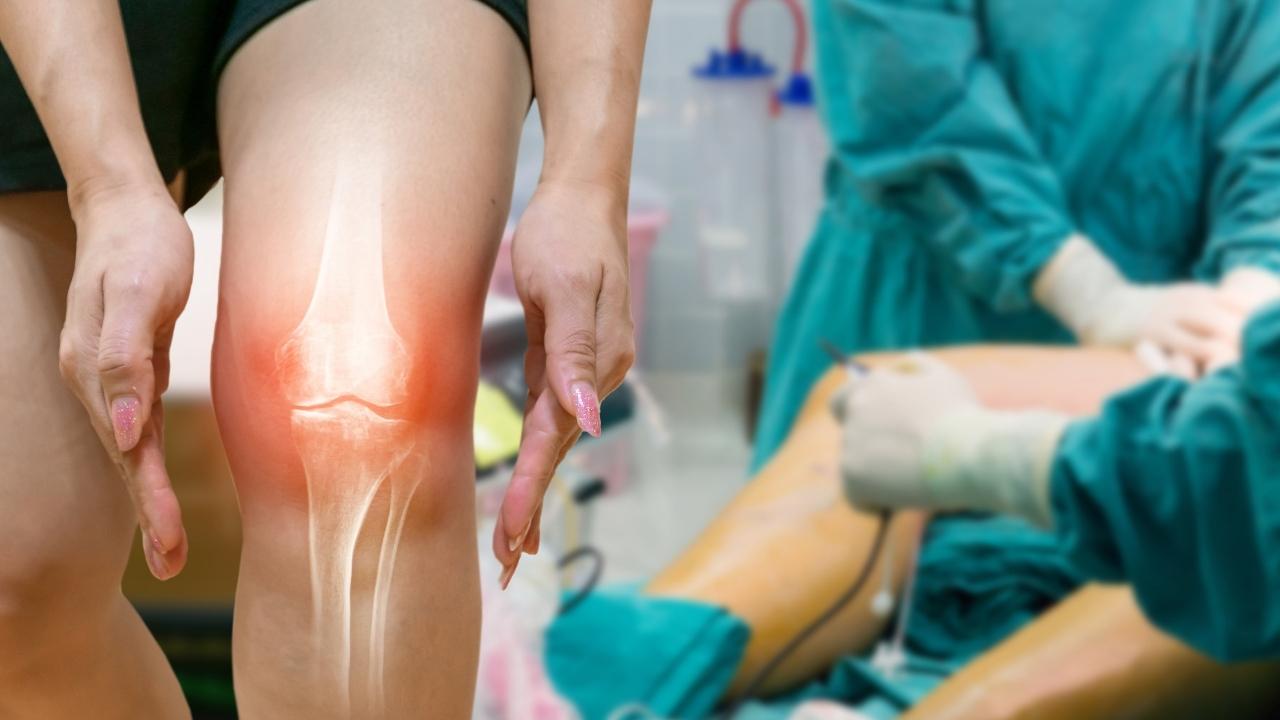
As we all go through the activities in our daily lives, it’s easy to take for granted that we can move freely. We run, walk, crawl and use our limbs as we wish with barely a thought as to what it takes for such motion to be achieved. Some people see what life’s like behind the curtain of immobility, and it’s not pretty. Bone/joint problems are not rare, and they come with a lot of added baggage, including an expected difficulty in using medication or performing physical therapy.
There’s also usually pain that has to be managed. Pain management with medications isn't a smooth ride for everyone. A simple Ibuprofen would not suffice for the pain experienced in some conditions, and yet, more powerful medications might not be approved. However, you know what therapy is capable of pain management and treating bone/joint problems; PEMF therapy. Keep reading to find out what bone/joint problems PEMF are used for, which uses are backed by proof and which are still under investigation.
How Does PEMF Therapy Work?
For starters, PEMF stands for pulsed electromagnetic field therapy. Specifically, mapping the mechanisms behind the working of this therapy has been difficult because of its wide variety of functions. That said, we have a rough idea of what the therapy does on a cellular level. Let’s simplify the explanation, though.
The simpler one involves imagining each cell of your body to be batteries of sorts. Now, these batteries have been working a long time and are failing or tired. A PEMF device can recharge these batteries by sending pulsed energy waves to a target area or to the whole body (as you may wish). This analogy is most accurate in explaining how the therapy deals with bones and joints or rejuvenates an exhausted body.
The second explanation of how PEMF works isn’t as simple but more encompassing. The human body is made up of many organs, tissues and systems. One of the ways that they co-interact is via the transmission of electrical pulses. Now, for a person to be considered healthy, these pulses (signals) must be transmitted seamlessly. In the absence of such transmission, an individual becomes unhealthy or ceases to live. To prove this point, such electrical signals are relevant to the beating of the heart, movement of muscles and body parts, etc. PEMF therapy helps to keep the signals flowing and aligned. As a result, a patient receiving the therapy stays healthy. This second explanation provides an insight as to how PEMF improves circulation and enhances movement.
Types Of Bone/Joint Problems That Are Manageable With PEMF Therapy
Many joint/bone problems are manageable with PEMF therapy. That’s good considering that such problems are common among adults. Elderly people are a class that find such problems unavoidable. The same goes for athletes prone to a lot of contact and fatigue.
Unfortunately, any problem in these areas of the body results in a partial or complete loss of motion. Where motion is still possible to a large extent, pain is likely to be intensely present. Most joint problems are characterized by symptoms such as swelling, inflammation, pain etc. The following are the most common joint/bone problems:
1. Gout
2. Arthritis
3. Bursitis
4. Osteoporosis
The causes are different in each of these conditions. Gout can be caused by a buildup of uric acid in the blood, the use of certain diuretic agents and as a result of certain dietary preferences.
Arthritis is the inflammation of the joints and their surrounding tissue. The two most common types of arthritis are osteoarthritis and rheumatoid arthritis. Osteoarthritis is essentially an erosion of the cartilage that exposes bones at a joint to frequent contact. This contact leads to swelling, stiffness and pain. On the other hand, rheumatoid arthritis is autoimmune (and idiopathic).
Bursitis, from the name, is the inflammation of the bursa. This bursa is a fluid-filled sac that cushions muscles, tendons and joints much in a slightly similar way to how cartilage might cushion the bones of a joint. Sometimes, bursitis may not have an obvious cause, sometimes it might result from other joint/bone problems, and other times, it could be caused by over exertion of the limb or area of the body.
Lastly, osteoporosis is the most common bone problem out there. The most severe symptom of this is the reduced bone density that occurs. The causes can range from medication use/medical history to smoking and drinking. This problem could result in a person growing shorter.
What Is Arthritis?
Arthritis is a joint problem characterized by swelling and tenderness of the joints. The most common forms of arthritis are rheumatoid arthritis and osteoarthritis, though other types such as psoriatic arthritis, septic arthritis etc. exist. In the case of rheumatoid arthritis, the immune system attacks the lining of the joints and goes on to affect the entirety of the joint. Osteoarthritis, on the other hand, occurs as a result of an erosion of the cartilage at a joint. The general symptoms of arthritis are:
- Pain
- Stiffness
- Decreased range and control of motion in the affected joint
PEMF has been indicated to be effective in treating arthritis and other cartilage/bone-related problems. This was proven in a study on patients suffering from bilateral knee osteoarthritis. The mechanism through which its effect is brought about hasn’t been expounded upon. In addition to its activity in arthritic patients, PEMF has also been indicated in enhancing bone healing, facilitating quicker healing of wounds and encouraging cartilage regeneration.
PEMF And Bone Healing
It might seem like a stretch that electromagnetic pulses could actually influence bone healing, but studies have proven that PEMF therapy is indeed effective at stimulating bone healing. The explanation for this is based on the fact that bone healing requires a sequence of events to occur. These events include blood flow to the bone. PEMF therapy helps relax the blood vessels and consequently increases blood flow to the damaged bone. This increased blood flow quickens the bone healing process. However, its effects do not stop there.

Electromagnetic pulses directed towards the injured bone are also indicated in the stimulation and growth of stem cells. In addition, the pulses create a frequency in the bone cells and tissues that increases energy production within the cells. The energy fuels the growth/healing further. The final effect of PEMF on bone healing is in its activation of pathways to boost the maturation of bone-building tissues. This ensures that the bone formed is of a high enough density.
PEMF And Cartilage Regeneration
A key function of PEMF is the delivery of energizing pulses to cells and tissues. It is this electromagnetic pulse delivery that makes it effective in the management of fatigue and exhaustion. Similarly, in bone healing, the pulses energize cells as well. The same happens within cartilage cells (Chondrocytes) during cartilage regeneration or repair. The increased energy within the cartilage cells helps quicken up the production of the cartilage matrix and, thus, the production of the cartilage proper.
Can PEMF Cause Nerve Damage?
PEMF therapy is mostly safe. However, there exist the potential for mild adverse reactions to occur. Considering the level of healing and treatment functionality trovided by the therapy, that is to be expected. However, the adverse reactions (if they exist) would vary in intensity from person to person, depending on how sensitive they are to the electromagnetic pulses.
Contrary to what might be present in certain media, PEMF cannot cause nerve damage. If anything, the opinion of most professionals is skewed in the direction of the therapy helping with nerve regeneration. Unfortunately, there are very few studies on the matter that have provided conclusive proof. That said, it is suspected that the fears of nerve damage have originated from a certain adverse effect.
When the nerve cells are stimulated intensely over a short period, there is the potential to cause or temporarily increase pain in the area concerned. This occurs because of the enhanced circulation and signals traffic to the particular nerve cells. Such a phenomenon is even more common in patients that have suffered from scars or fractures in the same body region.
Conclusion
There are many advantages to PEMF therapy. For one, it is non-invasive and natural, thus, minimizing the chances that there would be any serious adverse effects (if any at all). Most importantly, though, there have been many studies proving the efficacy of the therapy. Many of these studies are available online, but if you are ready to make the leap to PEMF therapy, our PEMF collection is a good place to start.



